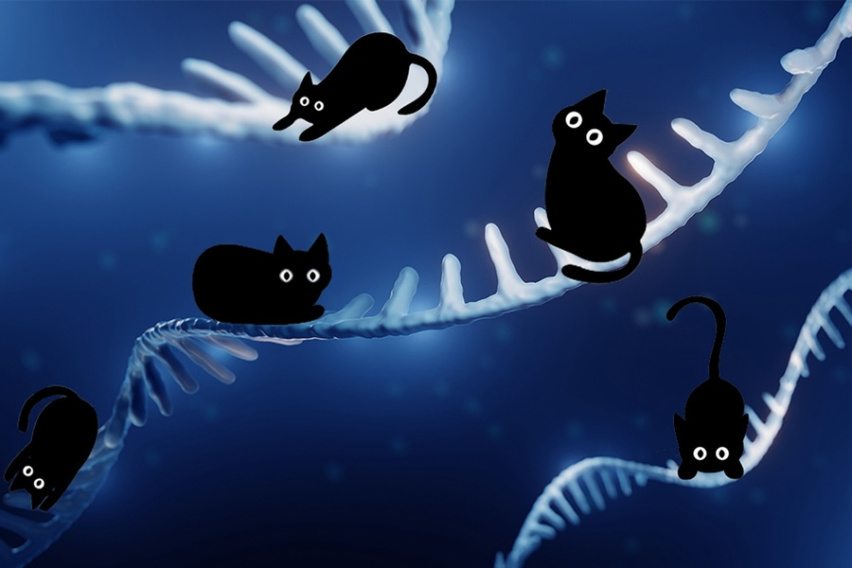Science Translational Medicine
August 12, 2020
A programmable microparticle developed by Langer Lab researchers could make STING-based cancer therapies easier for patients to complete. These immunotherapies (which activate the critical 'stimulator of interferon genes' pathway to boost immune response) produce strong antitumor effects, but must be injected directly into the tumor repeatedly over months, increasing risk for metastasis, chronic injection pain, and infection. The single-injection microparticles release scheduled doses of a STING-based therapy over days and weeks.
In a study appearing in Science Translational Medicine and supported in part by a Ludwig Postdoctoral Fellowship and a Misrock Postdoctoral Fellowship, researchers found the microparticles to be as effective against tumors as multiple injections in mouse models of melanoma and breast cancer, with a reduced chance of metastasis. The study also suggests that the microparticles could deliver STING-based therapies to hard-to-reach tumors.
